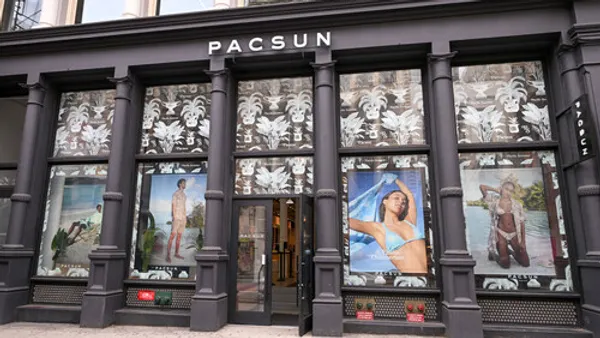Dive Brief:
-
Apple Pay, which enables shoppers to make purchases on mobile apps with their fingerprint instead of entering credit card information, will be available on the mobile web some time later this year, sources told Re/code.
- Consumers using Apple's Safari browser on iPhone and iPad devices equipped with the computing giant's TouchID fingerprint technology will be able to complete fingerprint-enabled mobile web purchases before the 2016 holiday season, Re/code reports.
-
Re/code also says there’s some possibility that the fingerprint authorization technology could be enabled on Apple laptops and desktops as well. An Apple spokesperson declined to comment.
Dive Insight:
As Re/code notes, this extension of Apple Pay’s capabilities—especially if it also moves to computers—poses a threat to PayPal’s dominance on the web.
Apple Pay is widely seen as the innovator and remains the leader in mobile payments. It was accepted at 1.5 million locations across the United States by the end of 2015 and handles some two-thirds of all contactless payments.
PayPal’s mobile payment system, One Touch, is available at more than 250 top e-commerce sites, but Apple Pay tends to be easier and now is more widely available for iPhone users. PayPal wouldn’t completely lose out if the fingerprint tech pushes higher use of Apple Pay because its Braintree technology supports the back end of many in-app Apple Pay purchases, Re/code notes. But PayPal makes more money—and would stay top of mind for shoppers—when people opt for PayPal itself.
Payment wallets, retailers, and banks are all trying to make mobile payments easier. Amazon, Alipay, and MasterCard are developing face-recognition technology that would negate the need for personal identification numbers or even fingerprints.
The number of consumers worldwide who use smartphones to make payments at retailers is expected to jump 64% this year to reach 148 million, according to estimates from British research firm Juniper. But mobile payments still lag as U.S. consumers are sticking with their “top of wallet” credit card, despite security concerns and an even more cumbersome process.














